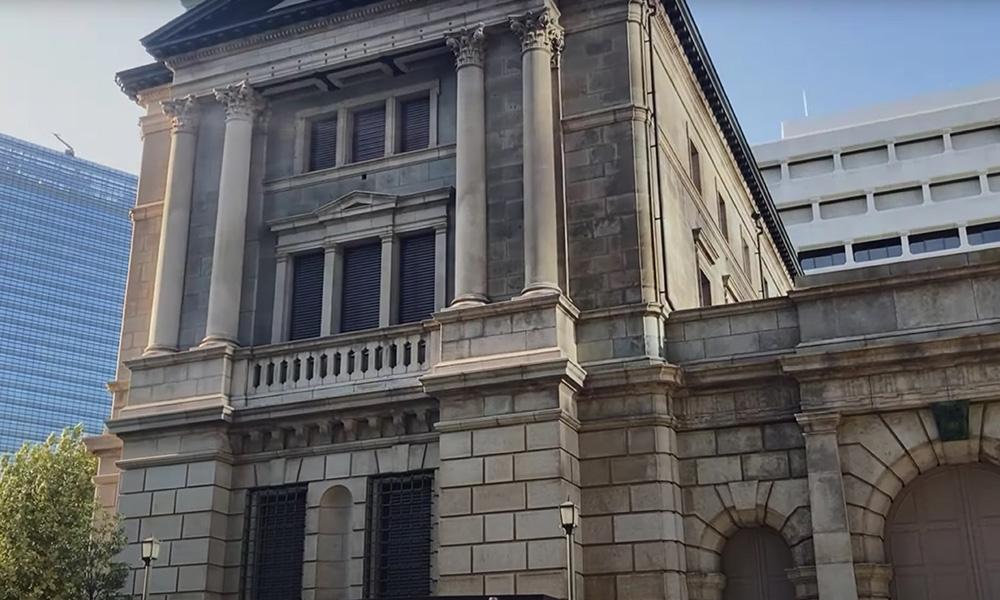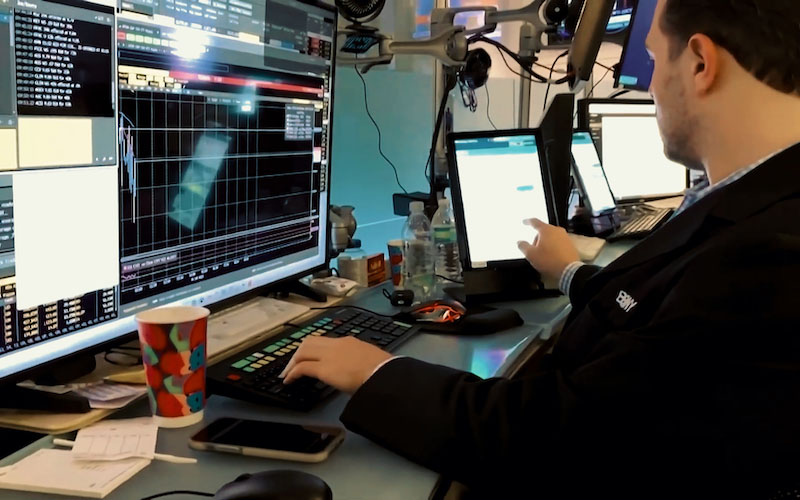Yen depreciation, Trump's visit, Bank of Japan: raise interest rates or continue to wait and see?
2025-10-24 14:14:38

The dawn of economic recovery and the opportunity to raise interest rates
Export growth and recovery in business confidence
Recent data suggests that the Japanese economy is showing some resilience. Exports grew in September, business confidence improved significantly in the third quarter, and many companies maintained optimistic capital expenditure plans. These positive signs suggest that the potential threat of increased US tariffs has not had a significant impact on the Japanese economy. Signs of economic recovery provide the Bank of Japan with confidence to raise interest rates, especially as inflationary pressures gradually emerge. Conditions appear to be ripe for resuming rate hikes.
Inflationary pressure and wage growth
High food prices in Japan and the prospect of continued wage increases have bolstered confidence in achieving the inflation target. The Bank of Japan has long pursued a 2% inflation target, and current price and wage dynamics have led some policymakers to believe the time may have come for an interest rate hike. In particular, the proposal by hawkish members Naoki Tamura and Hajime Takada at the September meeting to raise interest rates from 0.5% to 0.75%, though rejected at the time, reflected the lively debate within the committee on raising rates. Tamura even predicted that the 2% inflation target could be achieved ahead of schedule, in the second half of fiscal 2025, while Takada believes Japan has already essentially achieved its inflation target.
A cautious decision under intertwined internal and external pressures
The complex influence of political factors
Despite positive economic data, the Bank of Japan faces a complex political environment. Newly appointed Prime Minister Sanae Takaichi has called for closer collaboration between the central bank and the government, prioritizing inflation driven by wage growth. This statement has been interpreted by the market as a potential constraint on the pace of interest rate hikes. Furthermore, the yen has continued to depreciate recently, partly due to concerns that policy pressure from the Takaichi government could slow the Bank of Japan's tightening pace. The weakening yen has pushed up import prices, further exacerbating inflationary pressures. This has provided some justification for rate hikes, but it has also led to a more cautious approach by the central bank.
US economic uncertainty and Trump's visit to Japan
Uncertainty about the US economy is an external risk that the Bank of Japan must confront. Bank of Japan Governor Kazuo Ueda warned in a speech earlier this month that US economic uncertainty and tariff policies could pose a threat to Japan's economic growth. Due to the US government shutdown, the latest economic data has yet to be released, making Ueda's concerns unlikely to dissipate in the short term.
“It’s difficult for the Bank of Japan to allay concerns about external risks in the current data vacuum,” said Naomi Muguruma, chief bond strategist at Mitsubishi UFJ Morgan Stanley Securities.
Meanwhile, US President Trump plans to visit Tokyo next week with Treasury Secretary Benson & Melson, and has repeatedly expressed his desire for a stronger yen and for Japan to adopt a tighter monetary policy, which undoubtedly adds new external pressure to the Bank of Japan's decision.
The hawk-dove game within the committee
Hawkish voices grow
The debate over interest rate hikes continues within the Bank of Japan. Hawkish members Naoki Tamura and Hajime Takada pushed for a rate hike to 0.75% at the September meeting. Although their proposal failed to pass, it sparked widespread discussion within the committee. Minutes from the July and September meetings show a growing tendency within the central bank toward a recent rate hike, with the focus of discussion centering on growing inflationary pressures. Former Bank of Japan Governor Eiji Maeda, in an interview with Reuters, bluntly stated, "The Bank of Japan may have lagged behind in responding to inflation risks, leading to certain distortions in the economy." This view further reinforced the hawkish stance on rate hikes.
Dovish caution
However, the Bank of Japan (BOJ) under Kazuo Ueda remains generally cautious. Publicly, Ueda has repeatedly emphasized the uncertainty of external risks, particularly the impact of the US economy and tariff policies. Analysts generally expect the central bank to maintain interest rates at 0.5% at its October 29-30 meeting, observing further developments in domestic and international economic conditions. Ueda's press conference at 06:30 GMT on October 30 may provide further market clues.
Yen depreciation and rebalancing inflation targets
The double-edged sword of yen devaluation
The recent accelerated depreciation of the yen has become a focus of market attention. The weakening yen has pushed up the prices of imported goods and accelerated inflation, which to some extent supports the case for interest rate hikes. However, the depreciation of the yen could also trigger capital outflows and market volatility, making the Bank of Japan more cautious about the timing of any rate hikes. Some analysts believe that if the yen's depreciation trend intensifies, the central bank may be forced to raise interest rates sooner to stabilize the exchange rate and prices.
In the Asian market on Friday (October 24), the Japanese yen continued to weaken, and the US dollar rose 0.32% against the Japanese yen to 153.03 at one point, the highest level in nearly two weeks.
Adjustment of the wording of the inflation target
At its upcoming meeting, the Bank of Japan may discuss adjusting its inflation target language to reflect the views of hawkish members. Tamura and Takada's stance suggests the central bank may more explicitly acknowledge the possibility of achieving its inflation target. This fine-tuning of the language is not only a response to hawkish voices within the bank, but also a guide to market expectations.
Growth Forecast Upgrade and Future Outlook
Optimistic revision of economic forecasts
In addition to the interest rate decision, the market is also focused on the Bank of Japan's latest forecasts for economic growth and inflation. Analysts expect the central bank to raise its economic growth forecast for this year at this meeting to reflect improved exports and business confidence. This will provide more flexibility for future monetary policy and may also pave the way for an interest rate hike.
The suspense of the timing of interest rate hikes
Despite growing calls for an interest rate hike, the Bank of Japan (BOJ) is treading a delicate line in its decision-making, fraught with political pressure, external uncertainties, and a volatile yen. Kazuo Ueda must strike a balance between hawkish and dovish stances, addressing domestic inflationary pressures while avoiding the impact of overly rapid policy tightening on economic recovery. The October 30th interest rate decision and the subsequent press conference will provide crucial insights into the Bank of Japan's future direction.
Conclusion: Raise interest rates or wait and see? The Bank of Japan's key decision
Next week's Bank of Japan meeting will undoubtedly be a major focus for global financial markets. Amidst the complex interplay of economic recovery, inflationary pressures, and political factors, will the central bank take the crucial step of raising interest rates? Or will it remain on hold and wait and see? Regardless of the outcome, Kazuo Ueda's decision will have far-reaching implications both domestically and internationally. The interest rate decision and press conference on October 30th will reveal the answer, so stay tuned!
At 14:12 Beijing time, the USD/JPY exchange rate was 153.00/01.
- Risk Warning and Disclaimer
- The market involves risk, and trading may not be suitable for all investors. This article is for reference only and does not constitute personal investment advice, nor does it take into account certain users’ specific investment objectives, financial situation, or other needs. Any investment decisions made based on this information are at your own risk.





















